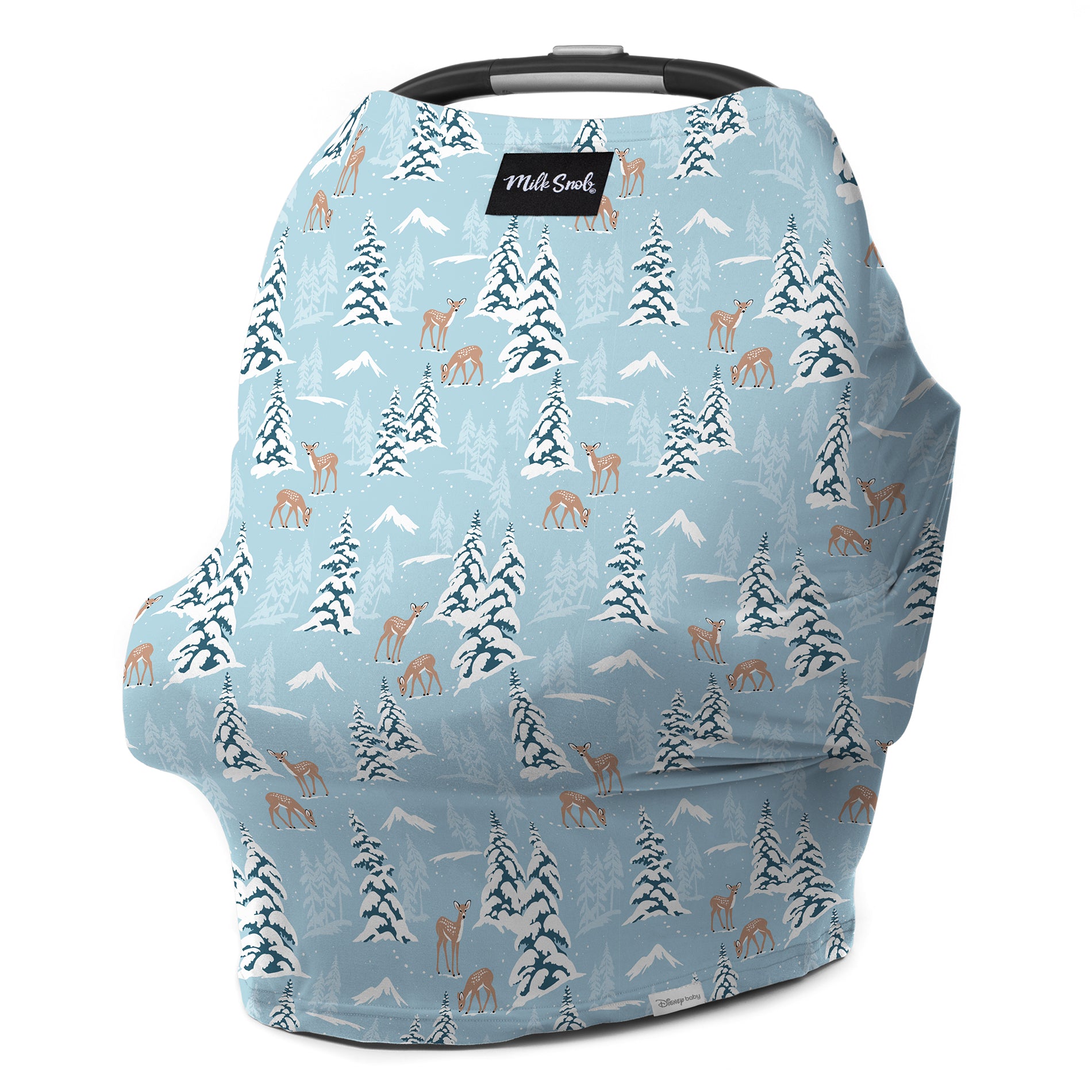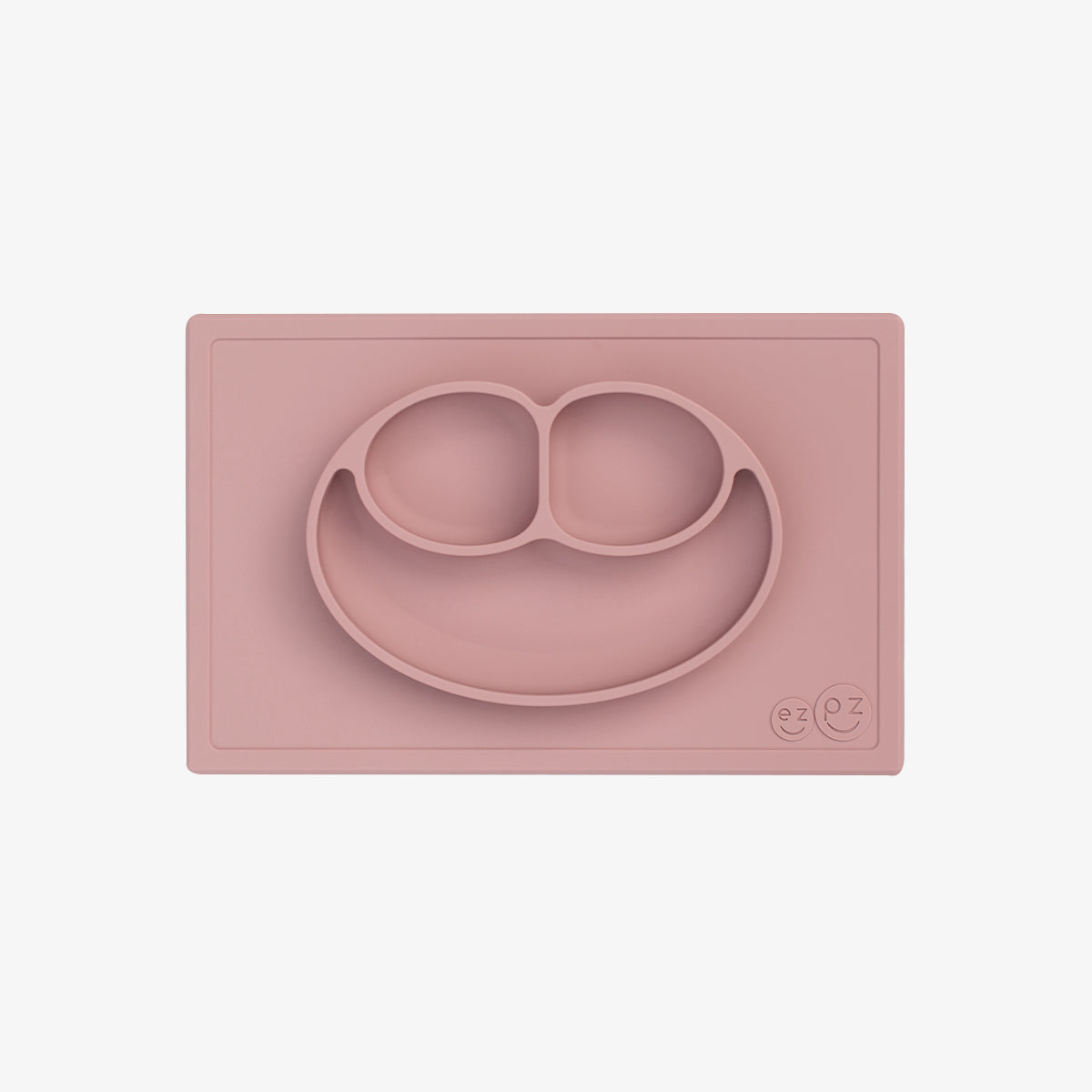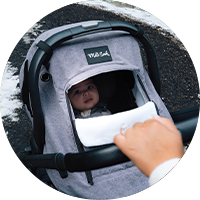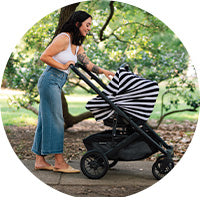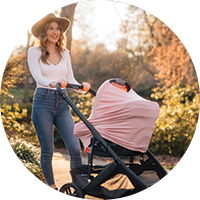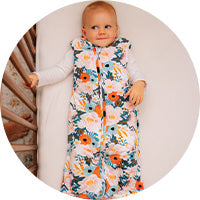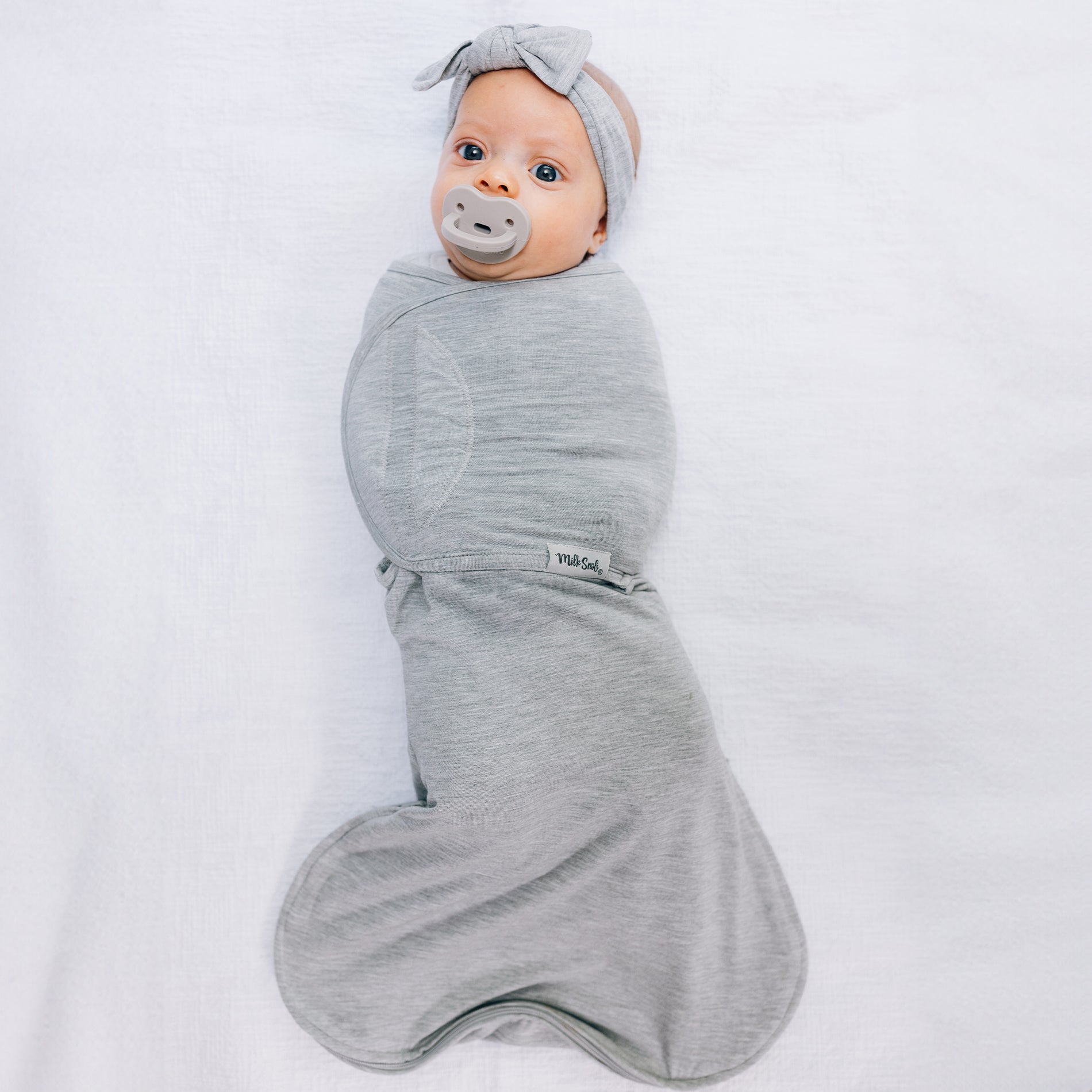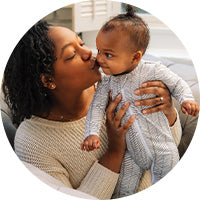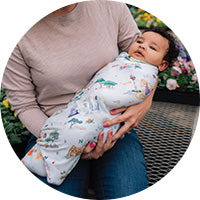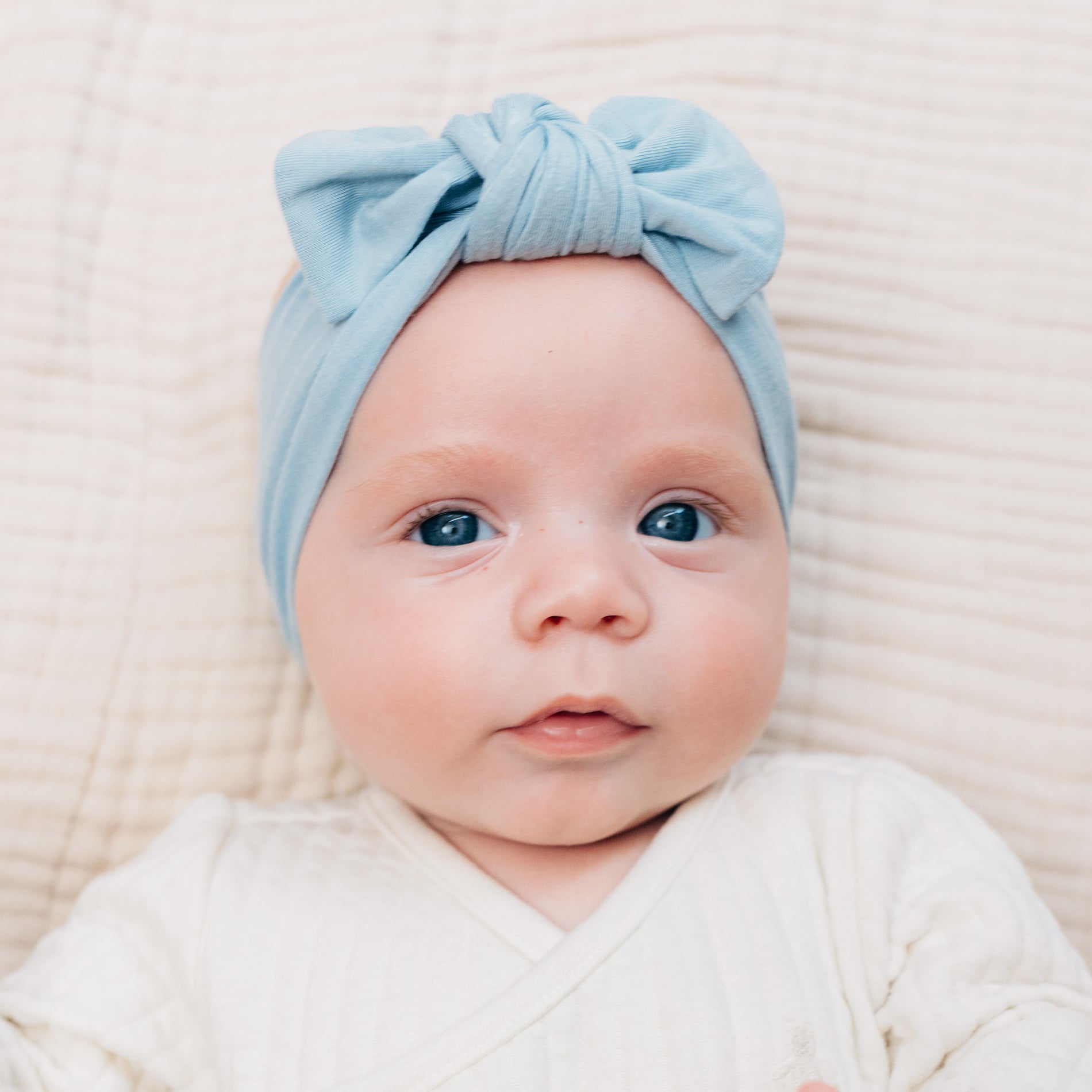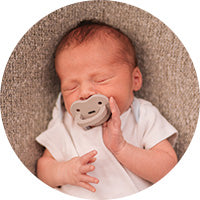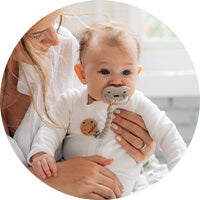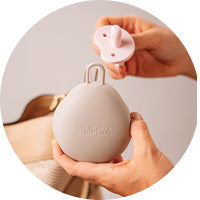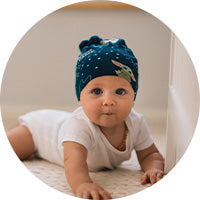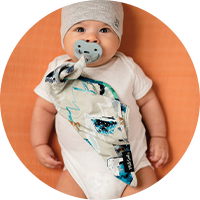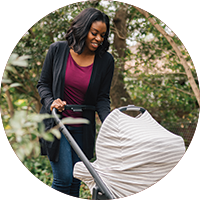A Complete Guide to Sleep Sacks for Babies and Toddlers: Usage, Transition Tips, and Sizing by Age
Sleep sacks, also known as wearable blankets, have become a popular and safe choice for parents seeking to keep their infants and toddlers cozy at night without the hazards of loose bedding. These wearable blankets offer a snug environment, simulating the secure feel of swaddling, but allow more freedom of movement, making them ideal for babies as they transition out of the swaddle. Here’s everything you need to know about when to start using a sleep sack, when to stop, and how to choose the right size by age.

What Are Sleep Sacks, and Why Use Them?
Sleep sacks are sleeveless, zippered blankets designed to be worn over pajamas. They provide a secure layer to help maintain an infant’s body temperature while they sleep. Many parents favor sleep sacks for their benefits:
- Safety: Unlike traditional blankets, sleep sacks stay on securely and reduce the risk of suffocation or entanglement, making them a safer option for younger babies.
- Comfort: Sleep sacks mimic the snugness of the womb, which can help soothe infants and improve sleep quality, especially for babies transitioning out of swaddles.
- Temperature Regulation: Sleep sacks come in various fabric weights, or TOG ratings, allowing parents to choose one suited for the season or room temperature.
When to Start Using a Sleep Sack
The right time to introduce a sleep sack varies by baby and depends largely on their developmental stage. Most parents start using sleep sacks when their babies outgrow swaddling, which typically happens around 12-16 weeks.
Transitioning from Swaddle to Sleep Sack:
Babies should be transitioned out of swaddles once they begin to roll over, usually around 3 to 4 months. At this point, sleep sacks are an excellent alternative that allows movement but provides the same level of warmth and security as swaddling.
When to Stop Using a Sleep Sack
There’s no strict age for when a child should stop using a sleep sack. However, it often depends on their developmental readiness and personal comfort level. Here are general guidelines to consider:
- For Infants (0-12 Months): Most infants continue to use sleep sacks throughout their first year, as it provide warmth without posing a safety hazard.
- For Toddlers (12-24 Months): Some toddlers prefer sleep sacks until they reach the toddler bed stage. At this age, children who are more mobile and might begin to climb may start to transition out of sleep sacks. However, many sleep sacks are designed with foot openings for safe standing and walking.
- When to Transition: A good indicator to transition out of the sleep sack is when a child shows signs of discomfort or frustration while wearing it. Another factor is if they’re attempting to get in and out of their crib, which could pose a risk of falling.

Sizing Tips for Sleep Sacks by Age
Selecting the right sleep sack size is crucial for both safety and comfort. Sleep sacks should fit snugly around the chest and arms but allow plenty of room for leg movement. Here’s a general age-based guide:
- 0-6 Months (Newborn): Look for a sleep sack that fits comfortably but doesn’t cover the face or restrict arm movement. Many parents choose a TOG rating of 0.5 to 1.0 for warmer climates and up to 2.5 for cooler rooms.
- 6-12 Months (Baby): As babies grow, they’ll need roomier sleep sacks that provide more space around the legs and hips. Check for adjustable or stretchable armholes, and avoid oversized sacks to reduce tripping hazards.
- 12-24 Months (Toddler): Toddler sleep sacks often come with foot openings, allowing for safe standing or walking if they’re already moving around. Opt for a size that is loose enough to allow freedom but snug enough to keep them secure.

FAQs About Sleep Sacks for Infants and Toddlers
Q: Can sleep sacks be used for newborns?
Yes, there are sleep sacks specifically designed for newborns, but many parents find that newborns prefer the snugness of a swaddle. As babies grow and start rolling over, transitioning to a sleep sack around 3 to 4 months is recommended.
Q: Do I need a different sleep sack for summer and winter?
It can be helpful to have different TOG-rated sleep sacks for seasonal changes. A lightweight sleep sack for summer and a thicker one for winter will help keep your child comfortable. Never opt for a weighted sleep bag as they can pose risks to young children.
Q: What should my baby wear under the sleep sack?
This depends on room temperature. A short-sleeve onesie or a diaper might suffice in warmer weather. Footed pajamas or a long-sleeve onesie under a sleep sack can provide extra warmth in cooler weather.
Q: How do I know if my baby is too hot or too cold?
Feel the back of your baby’s neck or chest. If they feel too warm or sweaty, remove a layer. If they feel cool, consider a thicker TOG or additional layers.
Q: Can sleep sacks impact hip development?
No, sleep sacks allow for free leg movement, which is essential for healthy hip development. They’re designed to be snug at the top but roomy around the hips and legs to support natural movement.
Final Thoughts on Sleep Sack Use for Babies
Sleep sacks are an excellent alternative to blankets, ensuring warmth and security while helping to maintain safe sleep practices for infants and toddlers. By choosing the right size, TOG rating, and being mindful of when to introduce or phase out sleep sacks, you can help create a comfortable and safe sleeping environment for your baby as they grows. Every child is unique, so following their cues and adjusting sleep sack use to match their developmental needs and preferences is essential.
When used correctly, sleep sacks can support better sleep for both babies and parents—helping you all enjoy a good night’s rest.





